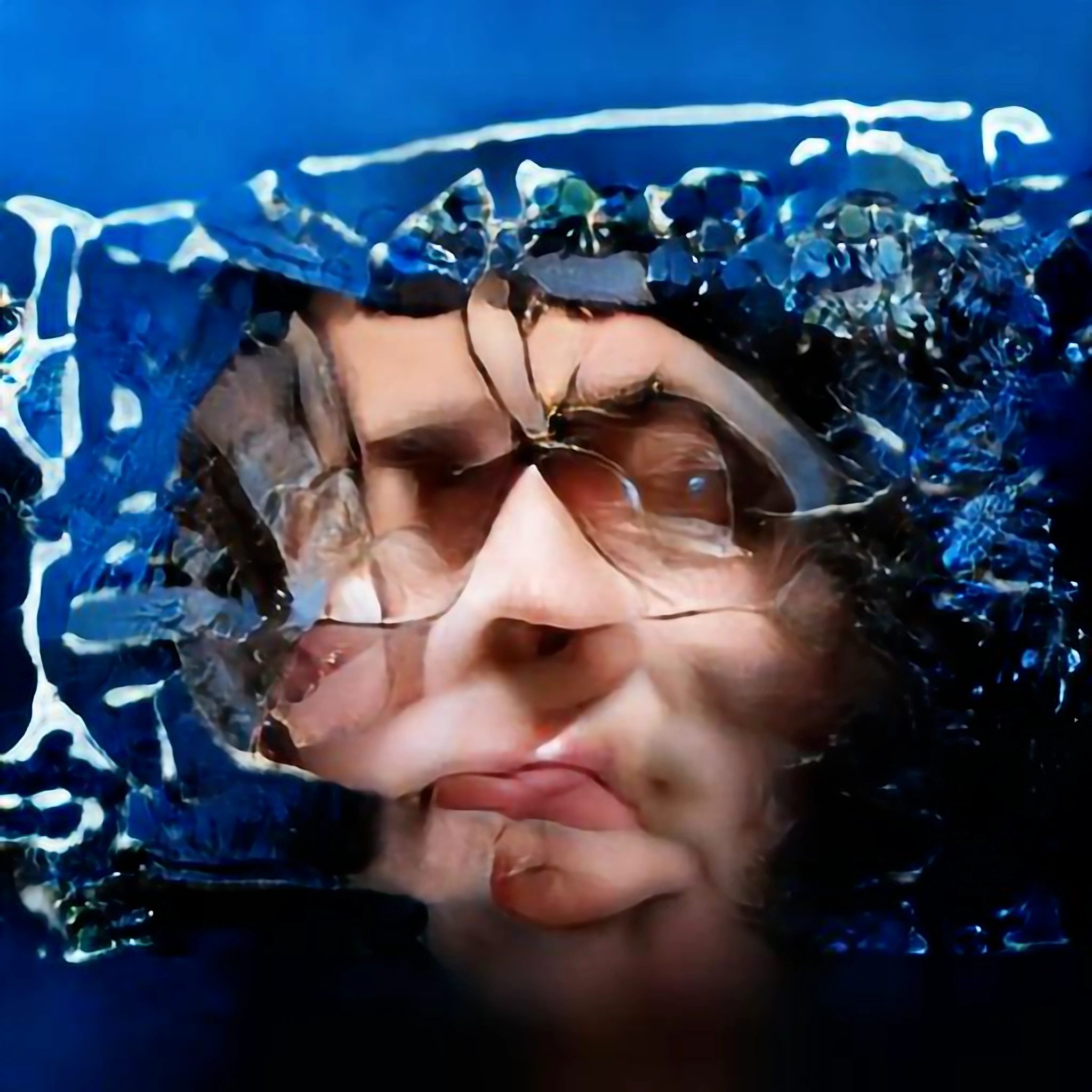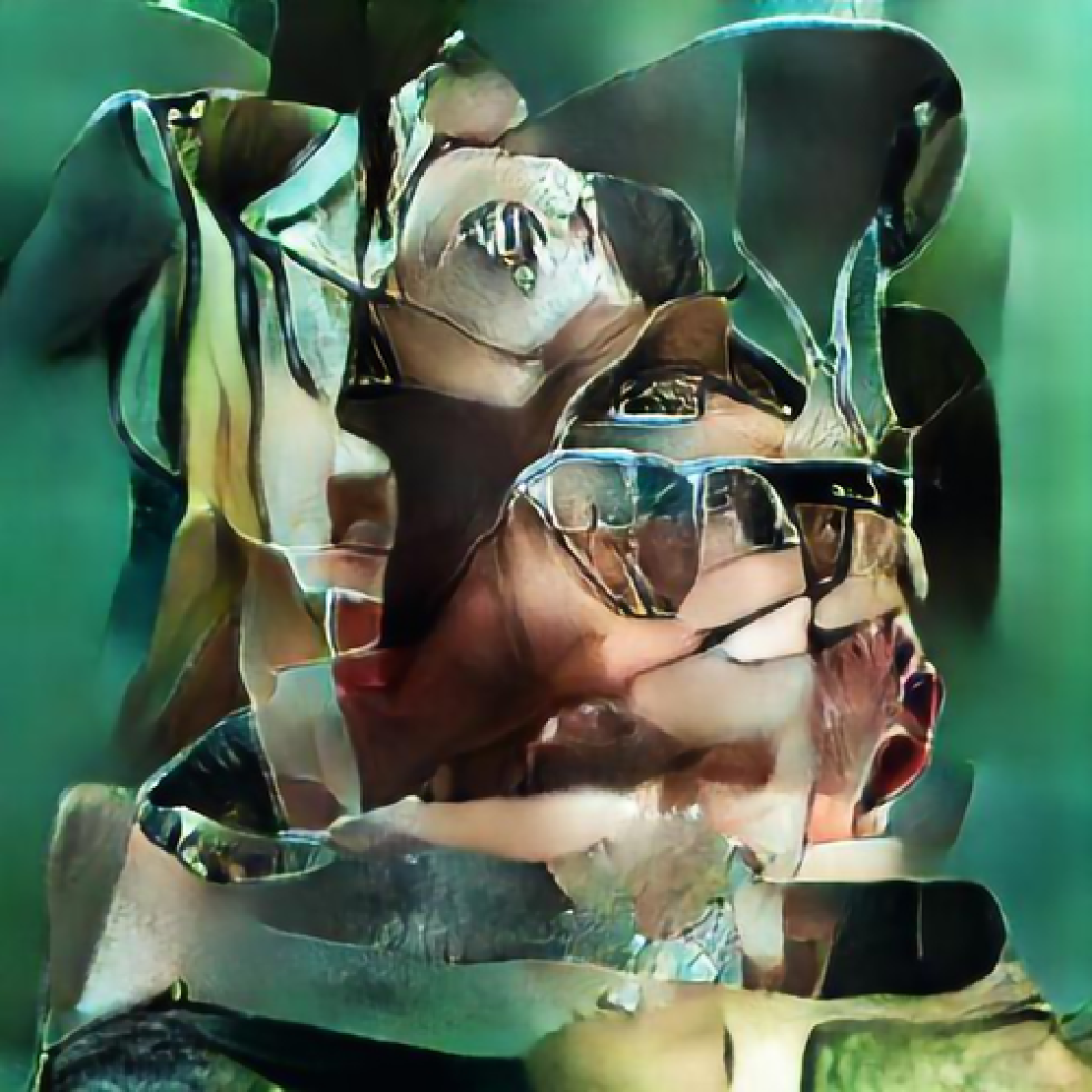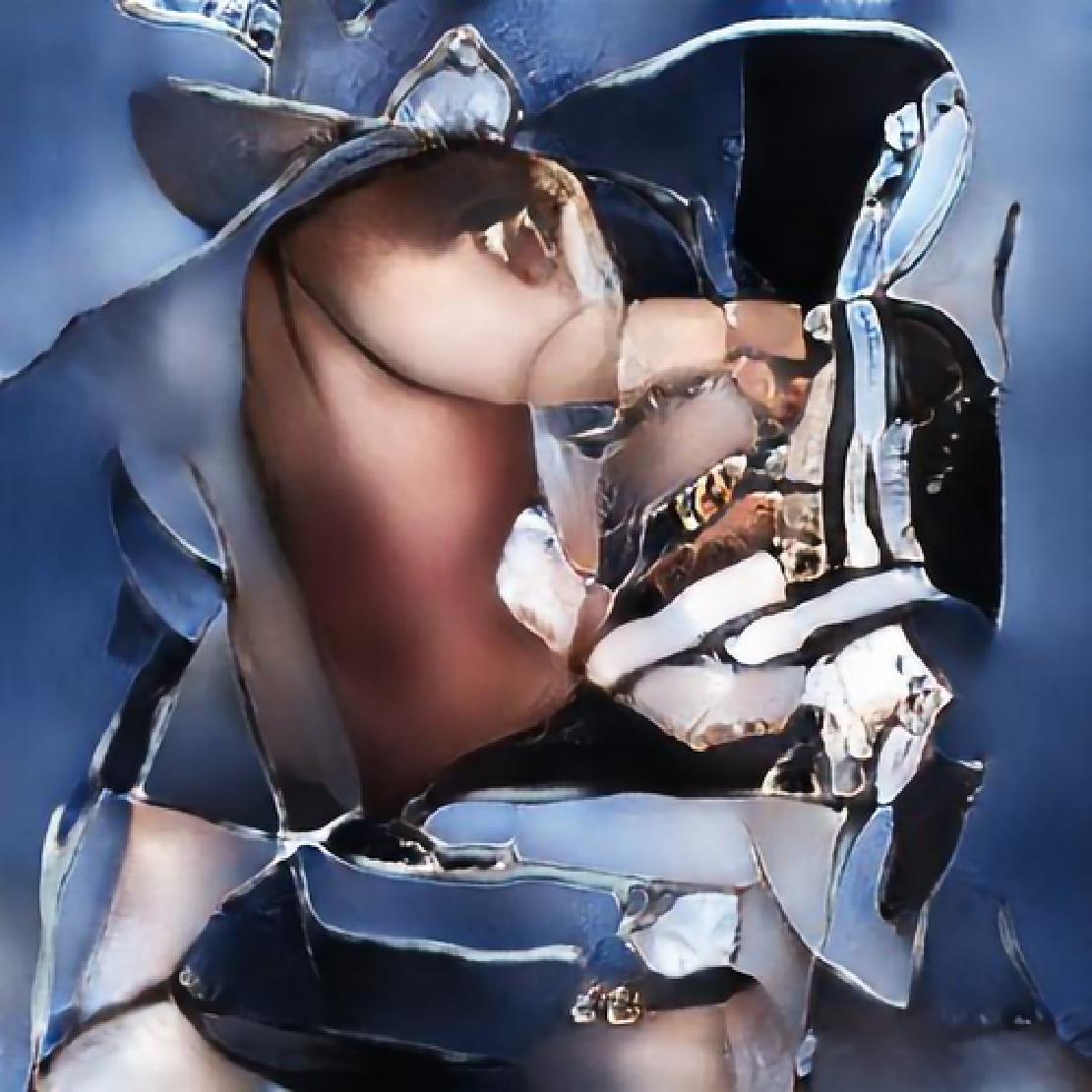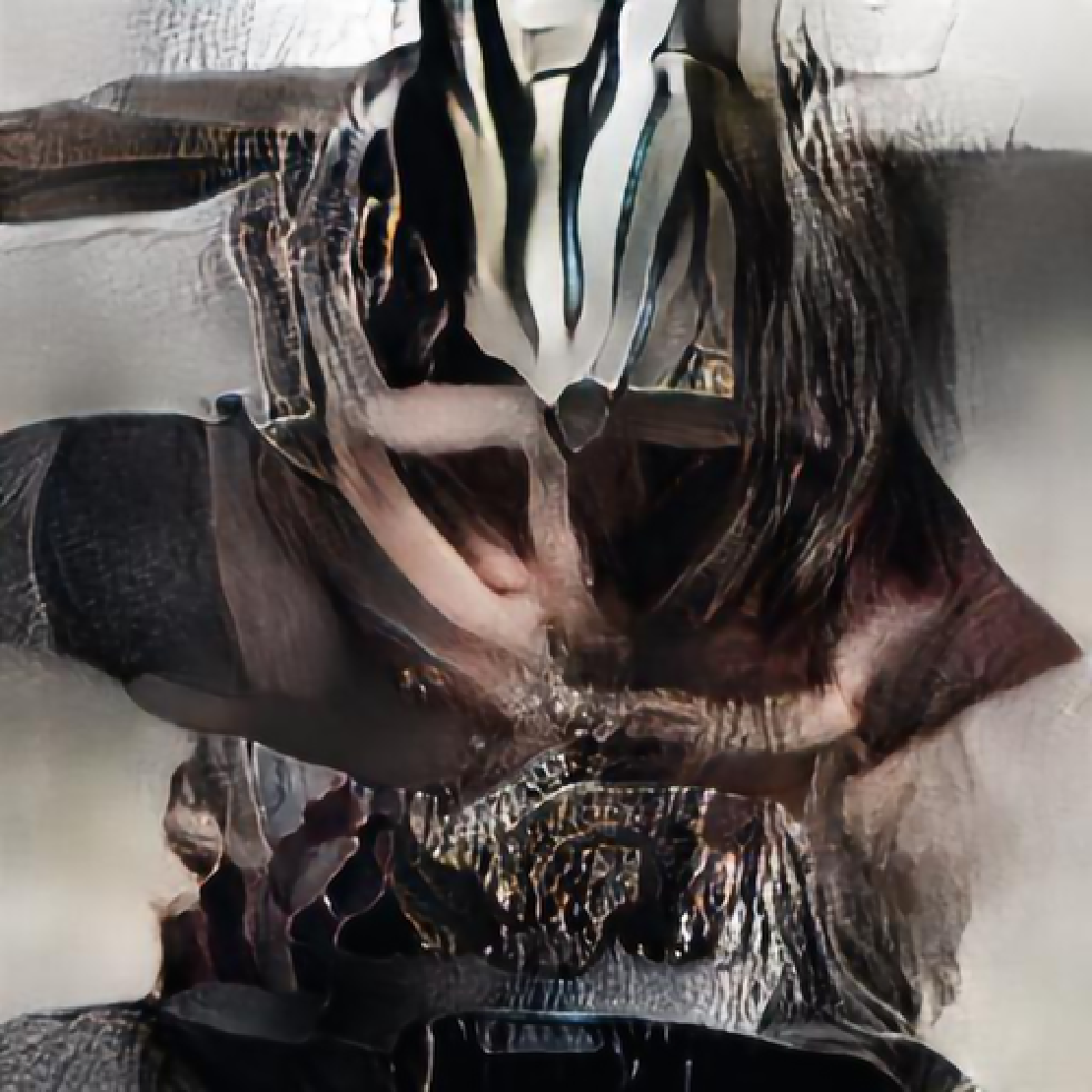Chris Trueman’s Playform Exhibition Launches on CreatoRanch, a New NFT Marketplace

Mirabelle: How has the implementation of AI added or shifted your body of work?
Chris: In my body of work, especially with my paintings, there’s always an element of lack of full control. Sometimes it’s an environmental factor like the weather causing the paint to dry quickly. When I’m working digitally, there’s this aspect that I’m looking for, which is being able to shift the control over the working process to some other set of controls. What the AI allows me to do is it allows me feed it with the content from my paintings, and then to relinquish a little bit of the control over to it so that I am able to get organic results despite it being computer generated.
M: Jackson Pollock is an example of an artist who intentionally relinquished control, letting the nature of the paint brush’s drip be the artistic guide. Does that ring true to you in terms of this process using Playform AI?
C: In some respects with digital work, there can be an element of control in every single aspect of its creation: you can control every pixel, every setting, and so on. For me, that kind of control process doesn’t allow for the natural results that I would get in my paintings. With AI, it provides the more organic generation quality to it, and you can work from there instead of controlling every original aspect from the start.
M: Your latest exhibition with Playform “Ai Visions” explores the idea that art-viewers are biases when it comes to viewing abstract art. They tend to look for familiarity or find meaning that might not be there. Can you tell me a bit about how this idea for the exhibition came to be?
C: Through my residency with Playform, I began taking my abstract paintings, and then inputting them into the Surrealist influence in the Style Transfer tool. Then I would select those results and train them with the Creative Morph tool. Essentially, my Playform work involves stacking multiple layers resulting in a combined image. Through this process, the AI generated results became figurative, I could see all these really odd characters and faces that would emerge through my work. It reminded me of the process of when people go to see a painting, an abstract painting in particular, and they look for recognizable images, trying to find something that they can connect to. In the same sense here, I’ve got the computer connecting to my work, exhibiting biases and looking for recognition.



M: As an abstract artist, why do you think that people like to look for familiarity in art?
C: I think naturally when you look at a work of art, you’re going to look at it from the perspective of your own level of exposure in your personal history. As an artist, I try to remind myself that I’m responsible for making the artwork, but I’m not in control of the experience that the viewer is going to have with it. The viewers are going to bring their own history and idea, their own education to that process. You start to place it, to make sense of what you’re looking at. I think that people are naturally trying to understand things that they don’t understand.
M: As a painter and also an NFT artist, what does the future of art look like to you?
C: I think the future of art looks super exciting. Digital art for the last 30 years of its history has been very difficult to show and to sell, and to have the normal art trajectory. What blockchain technology does is that it allows for objects to be authenticated and tracked, and it’s created a sense of scarcity around an object that is otherwise plentiful. So in that respect, I think it opens up a lot of doors for these artists that have been working for years digitally, and creators of digital content. I think it democratizes the space, and it’s opened up a channel for people to be able to participate in this art economy and ecosystem in a way that people haven’t had the chance before.
M: Tell me a bit about CreatoRanch, a new NFT app that you’ve helped launch.
C: CreatoRanch came about because I was in the NFT industry, I had launched on a number of leading platforms and I was super excited about this new way to sell art so I went to tell all my friends, my fellow artists about it. For various reasons, they couldn’t get access to it: they couldn’t get through the curatorial process, or the cost barrier was too high, or because of the environmental impact–there were a number of reasons. I thought, here is this promise of democratization of digital artwork through the blockchain, and it was failing short because people couldn’t really access it. I then linked up with a group of tech veterans who had already built apps and had the technology to do so, and we built this company. There are certain pillars of criteria for CreatoRanch that were important for us to include in this app: We didn’t want any gatekeeping, we wanted it to be open to everybody. You can follow who you want to follow, we’re not determining who gets dropped. It had to be cost effective. We didn’t want people to be excluded because of the cost or because of tech barriers. We made sure it would be as easy as possible. And then lastly we have to be responsible about environmental impact, so we wanted to make sure we chose a proof of stake blockchain so that we would be able to reduce the amount of electricity that’s used in the transactions. Based on those parameters, we put together this app and we determined a set of features that we could move forward with.